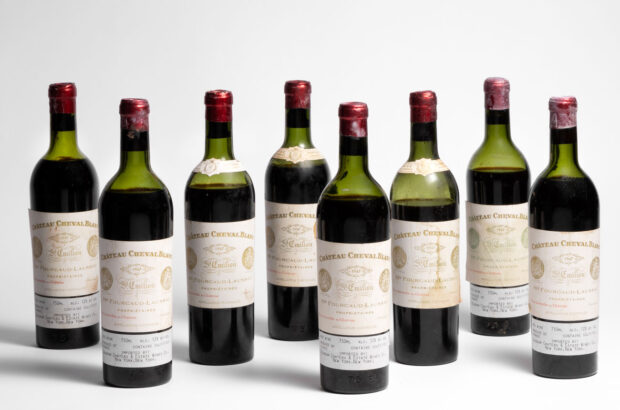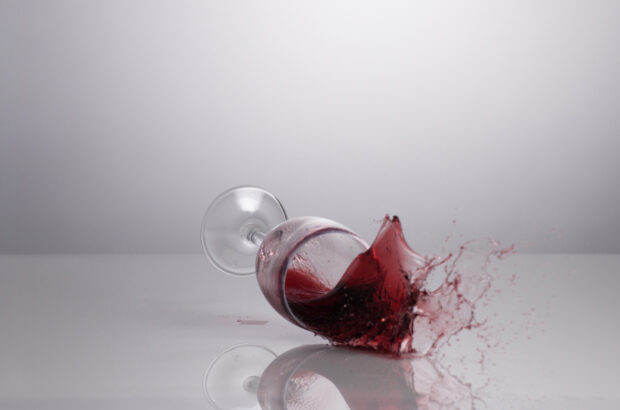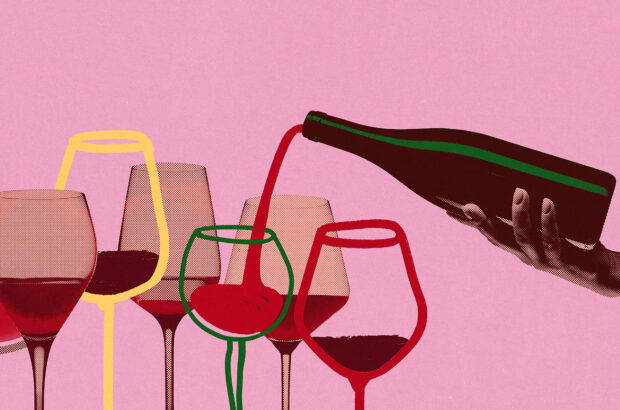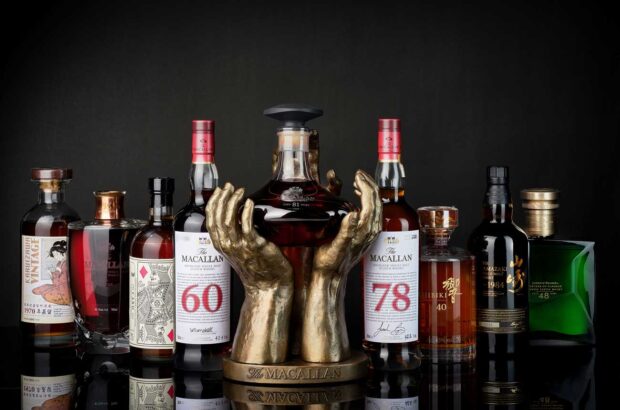National Chianti Day was originally conceived by importers, Santa Margherita USA – which represents Chianti Classico estates Santa Margherita and Lamole di Lamole – and aims to highlight the qualities of the famed area in Tuscany.
It’s an area of rolling hills, cypress, chestnut and oak trees, olive groves, villas, stone castles and – of course – wineries aplenty.
Below, we have highlighted some delicious Chianti recommendations, and not a fiasco (the traditional round bottle in a straw basket) in sight!
You’ll find some picks from the established names of Frescobaldi and Lamole di Lamole as well as some UK supermarket recommendations, but you may need to search a bit harder for the rest of the wines on the list, such as Fattore Crelio from Welshman, Sean Craig’s new Villa Cosmiana project.
Chianti & Chianti Classico: What’s the difference?
It’s easy to look past the differences between Chianti and Chianti Classico, but these Sangiovese-based wines actually belong to two distinct DOCGs (similar to the AOC system in France).
While Chianti DOCG constitutes a vast 13,800 hectares of vines [2019], Chianti Classico DOCG is concentrated on the original, hilly zone situated halfway between Florence and Siena and totalling 5,269ha of vineyard [2019].
Chianti Classico was a subzone of Chianti from its inception in 1967 until 1996, when it was granted its own separate DOCG. The vineyards here are typically at higher altitudes than those of Chianti DOCG.
Chianti: What’s in the blend?
Chianti DOCG wines must be a minimum of 70% Sangiovese, but Chianti Classico DOCG wines demand a minimum of 80%. Both DOCGs permit the use of local and international varieties: Canaiolo Nero, Ciliegiolo, Colorino, Foglia Tonda, Malvasia Nera, Mammolo, Pugnitello, and also major international varieties, such as Cabernet Franc, Cabernet Sauvignon, Merlot and Syrah.
Chianti DOCG permits a maximum of 15% Cabernet Sauvignon and/or Cabernet Franc, and a maximum of 10% of white varieties Malvasia and Trebbiano. Chianti Classico DOCG is no longer permitted to include white varieties in the blend.
Ageing Regulations
Chianti DOCG wines can be sold from 1 March in the year after vintage, meaning that many examples are consumed in their youth as simple, fresh reds.
Chianti Classico DOCG wines increase minimum ageing to around 12 months, being sold from 1 October in the year after vintage. This can give the wines greater complexity, cohesion, and helps to round off the raw edges of youth.
Classification hierarchy
Chianti DOCG has three classifications: Chianti, Chianti Superiore and Chianti Riserva. It also has seven subzones (such as Rùfina and Colli Fiorentini) which each have their own, stricter requirements including lower yields, longer ageing and higher alcohol.
Chianti Classico DOCG also has three classifications: Chianti Classico (known as ‘annata’), Chianti Classico Riserva and Chianti Classico Gran Selezione.
Recent changes to the Gran Selezione regulations include increasing the minimum required Sangiovese content from 80% to 90%, and introducing 11 subzones.








